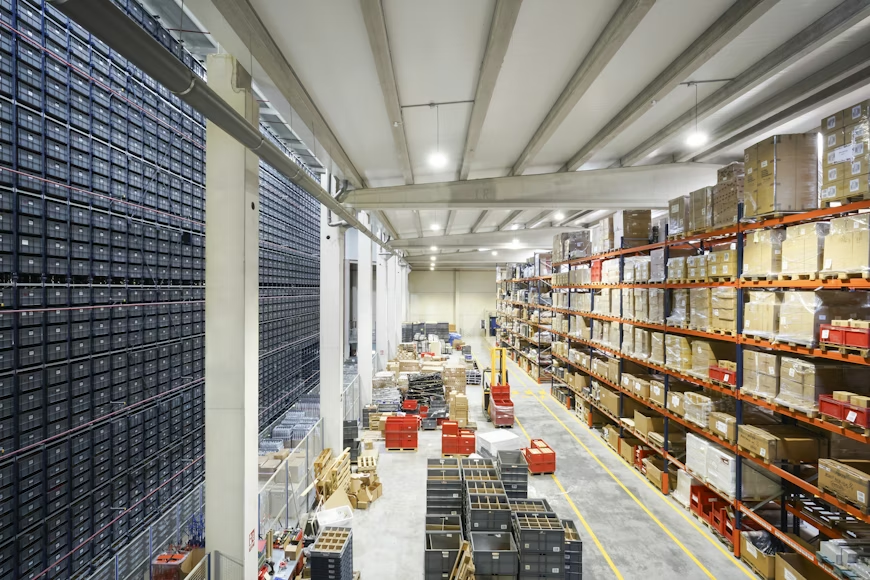The world of luxury is undergoing a transformation, with shifts in consumer preferences and global events reshaping the industry’s future. A recent report suggests that the market for luxury goods in India may expand significantly by 2030. We explore the changing dynamics in this edition of The Supply Chain Report.
Changing Perceptions of Luxury
In a world marked by uncertainties and challenges such as conflicts and climate-related disasters, people are reevaluating what luxury means to them. The COVID-19 pandemic further intensified this reflection. The “you only live once” (YOLO) mentality has taken hold, driving consumers to seek more immediate gratification, personalization, and convenience.
Luxury has become synonymous with convenience, especially in the digital age. With more focus on our homes, consumers are now vocal about their desires for luxury interior design, home décor, and architecture.
In the travel and hospitality sector, wellness-centric travel experiences are gaining popularity. Luxury spas and wellness retreats, offering bespoke experiences, help individuals escape the hustle and bustle of their daily lives, even if just for a weekend. Additionally, the beauty segment has witnessed a surge in demand for organic and natural products, driven by growing environmental awareness and a heightened focus on personal well-being.
Sustainability in Luxury
Sustainability is a central theme in the modern luxury business landscape. Brands are increasingly embracing sustainable materials and production techniques. The concept of a circular economy is gaining prominence, which aims to reduce waste by reusing and recycling materials and products for as long as possible, moving away from the traditional linear consumption model.
Preloved fashion, for example, has become an integral part of the fashion industry, exemplifying the shift towards conscious consumption. Collaboration with traditional craft sectors is also on the rise in the Indian fashion industry, aiming to preserve and sustain craft traditions.
Industry Insights
Euromonitor insights indicate that global luxury sales reached pre-pandemic levels by the end of 2022, with the United States playing a significant role in driving the industry’s recovery. A report forecasts a four percent growth in luxury sales, reaching a total value of $1.2 trillion in 2023. Luxury experiences, hospitality, and lifestyle are expected to drive future growth, and asset classes like leather goods, timepieces, and jewelry may soon offer income generation opportunities through luxury item rentals.
A study conducted by Bain & Company-Altagamma Luxury suggests that the personal luxury goods segment experienced healthy growth in recent years, with Gen Z and millennials playing a pivotal role. The Indian luxury market is also poised for substantial growth, potentially expanding to 3.5 times its current size by 2030.
In 2023, the report anticipates that Chinese consumers will account for approximately 40 percent of global luxury purchases, making China the leading luxury market ahead of the Americas and Europe. Furthermore, online purchases are expected to capture a significant share of the luxury goods market, ranging from 32 to 34 percent.
These evolving trends and shifts in the luxury industry reflect changing consumer values and market dynamics, making luxury experiences, sustainability, and personalization central to the future of this sector.
Stay informed with supply chain news on The Supply Chain Report. Free tools for international trade are at ADAMftd.com.
#LuxuryIndustry #ConsumerPreferences #SustainabilityInLuxury #LuxuryMarketGrowth #IndiaLuxury #PersonalizationInLuxury #WellnessTravel #OrganicBeauty #CircularEconomy #PrelovedFashion #BainAndCompany #Euromonitor #GenZLuxury #MillennialLuxury #LuxuryExperience #ChineseLuxuryMarket #OnlineLuxurySales #LuxuryGoods #SustainableLuxury #CraftTraditions #LuxuryGrowth2030 #YOLOConsumer #HomeDesignLuxury

















